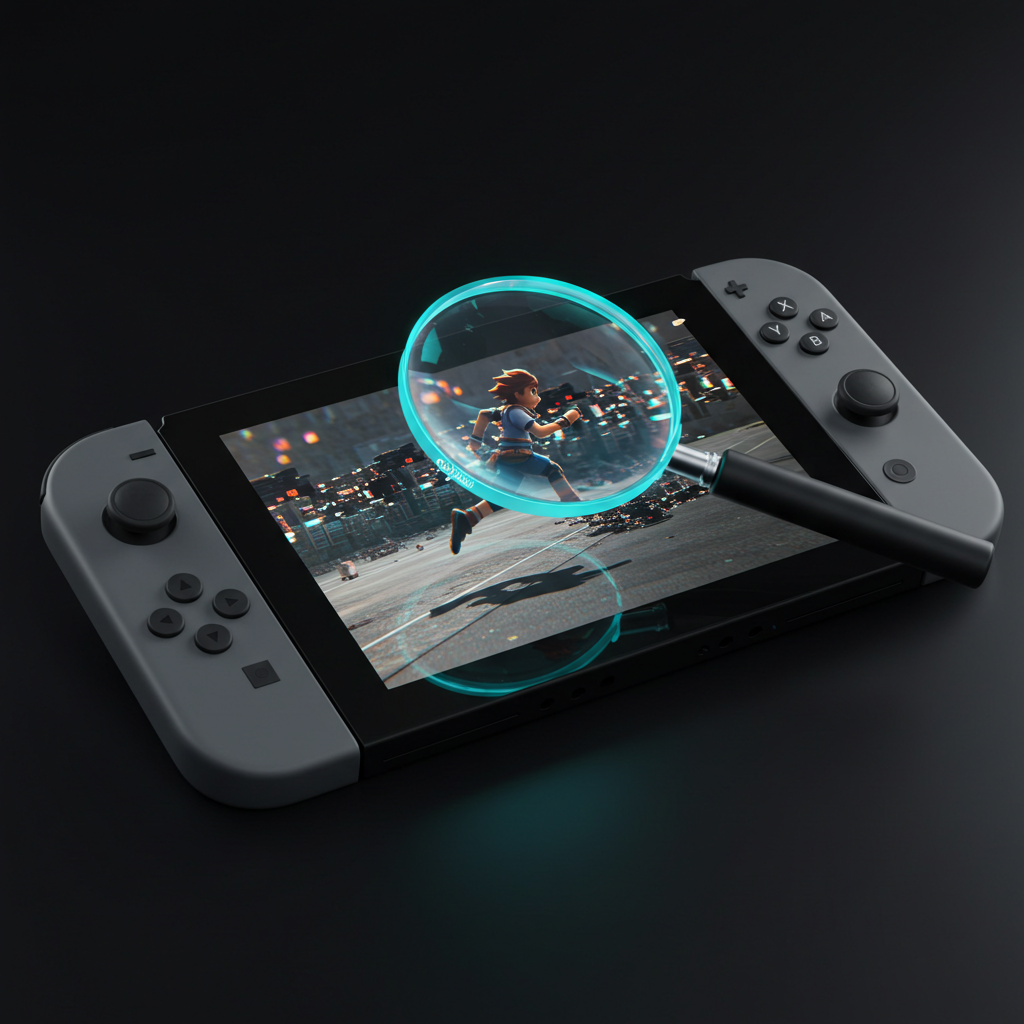The Nintendo Switch 2 has arrived, bringing with it a significantly more powerful processor and a larger, higher-resolution screen—upgrades that gamers have been anticipating for years. But as players get their hands on the new console, a surprising criticism has emerged from both users and technical reviewers alike: the new display, while crisp in static images, suffers from noticeable blurring during motion.
This isn’t an issue of resolution or color, but a specific technical shortcoming known as pixel response time. In-depth analysis reveals a puzzling hardware choice at the heart of Nintendo’s new machine.
Identifying the Issue: More Than Just “Blur”
When gamers talk about motion blur on a display, the root cause is often “ghosting” or “smearing.” This happens when the individual pixels on the screen cannot change color fast enough to keep up with the new images (frames) being sent by the console’s graphics processor. The speed at which a pixel can shift from one shade of gray to another is called its “gray-to-gray (GtG) response time,” measured in milliseconds (ms). A lower number is better, resulting in a cleaner, sharper image during motion.
The Data: A Surprising Downgrade
Independent hardware analysis publications, known for their meticulous display testing, have put the Nintendo Switch 2’s new LCD screen under the microscope. The results are startling.
- The Nintendo Switch 2’s display was measured to have an average GtG response time of approximately 33.3ms.
To put that number in perspective, it’s crucial to compare it to other displays:
- A typical, modern budget LCD monitor today averages around 6.3ms.
- Most damningly, the original Nintendo Switch from 2017 has a screen with a response time of around 21.3ms—nearly twice as fast as the new model.
Renowned technical analysis outlets like Hardware Unboxed

